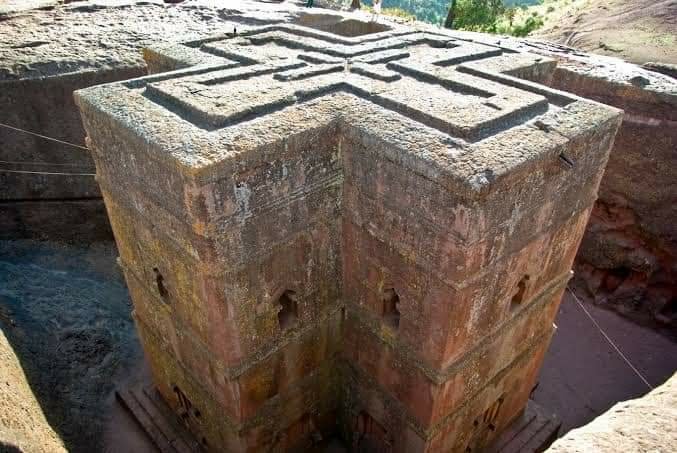
Miraculous Rock Cut Undergroud Churched of Rock-Hewn Churches, Lalibela
In a mountainous region in the heart of Ethiopia, some 645 km from Addis Ababa, eleven medieval monolithic churches were carved out of rock. Their building is attributed to King Lalibela who set out to construct in the 12th century. These cluster of 11 monolithic cave churches in Lalibela is the Promised Land to many Ethiopians
The churches were not constructed in a traditional way but rather were hewn from the living rock of monolithic blocks. These blocks were further chiselled out, forming doors, windows, columns, various floors, roofs etc. This gigantic work was further completed with an extensive system of drainage ditches, trenches and ceremonial passages, some with openings to hermit caves and catacombs.
Biete Medhani Alem, with its five aisles, is believed to be the largest monolithic church in the world, while Biete Ghiorgis has a remarkable cruciform plan. Most were probably used as churches from the outset, but Biete Mercoreos and Biete Gabriel Rafael may formerly have been royal residences. Several of the interiors are decorated with mural paintings.
Near the churches, the village of Lalibela has two storey round houses, constructed of local red stone, and known as the Lasta Tukuls. These exceptional churches have been the focus of pilgrimage for Coptic Christians since the 12th century.
An ancient world frozen in stone is how the guide described it and the image of Lalibela gets etched in memory. In the heart of Ethiopia is one of its holiest towns, known as Lalibela, where a group of 11 monolithic rock-hewn churches stand tall, a testimony to the artistic and engineering genius of its people.
